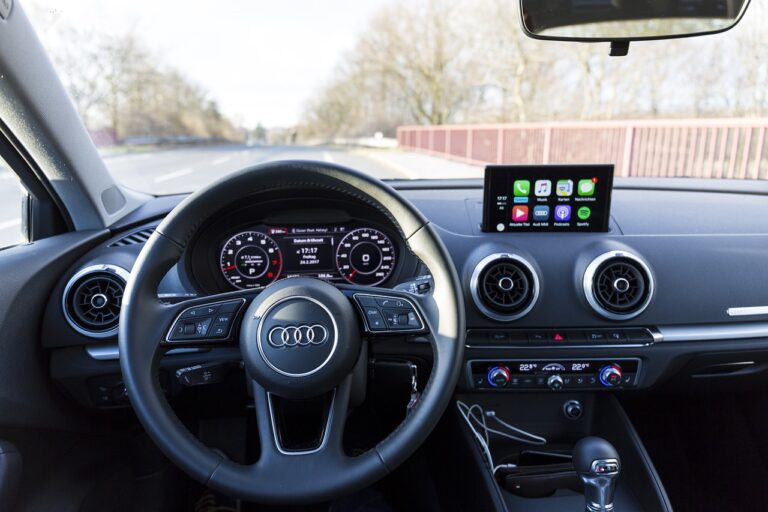5G’s Influence on Advanced Driver-Assistance Systems (ADAS)
Effective connectivity plays a pivotal role in elevating the performance of Advanced Driver Assistance Systems (ADAS). The seamless interaction between different components of the system relies heavily on robust connectivity to ensure swift data transfer and communication. This enables ADAS to function efficiently and respond promptly to changing driving conditions.
Moreover, connectivity enhancements contribute to the overall reliability and accuracy of ADAS features. Through a strong network connection, real-time data transmission facilitates timely decision-making by the system, thereby improving its ability to detect potential hazards and assist drivers in navigating challenging situations. As technology continues to advance, optimizing connectivity will be key in further bolstering the performance capabilities of ADAS and enhancing overall road safety.
Potential Improvements in Real-Time Data Processing
Real-time data processing plays a crucial role in the performance of Advanced Driver Assistance Systems (ADAS). With the exponential growth of data generated by sensors and cameras in vehicles, the need for efficient real-time data processing is more vital than ever. To enhance ADAS performance, potential improvements in real-time data processing can significantly impact the overall responsiveness and accuracy of the system.
One key aspect of improving real-time data processing is the integration of edge computing technology. By shifting some data processing tasks from centralized cloud servers to edge devices within the vehicle, latency can be minimized, and processing speeds can be optimized. This allows for quicker analysis of data and faster decision-making by the ADAS, ultimately leading to improved performance and safety on the road.
Impact of Low Latency Communication on ADAS Response Time
Low latency communication plays a pivotal role in improving the response time of Advanced Driver Assistance Systems (ADAS). Reduced latency ensures that critical information is relayed swiftly between various components of the ADAS ecosystem, allowing for quicker decision-making and enhanced safety on the roads. By minimizing delays in data transmission, ADAS systems can react more promptly to changing driving conditions, such as sudden obstacles or inclement weather, thereby mitigating the risk of accidents.
Incorporating low latency communication technologies not only enhances the real-time responsiveness of ADAS but also opens up possibilities for advanced applications such as autonomous driving. By enabling seamless and rapid data exchange between sensors, control units, and actuators, low latency communication lays the foundation for more sophisticated functionalities in future automotive systems. This streamlined communication network not only improves the overall performance of ADAS but also paves the way for a new era of interconnected and intelligent vehicles.
What is ADAS?
ADAS stands for Advanced Driver Assistance Systems, which are systems in vehicles that help improve road safety by providing assistance to the driver.
How does connectivity play a role in enhancing ADAS performance?
Connectivity allows for real-time data exchange between the vehicle and external sources, such as traffic information or cloud-based services, enhancing the capabilities of ADAS systems.
What are some potential improvements in real-time data processing for ADAS?
Real-time data processing improvements could include faster processing speed, more efficient algorithms, and better integration with sensors to provide quicker and more accurate responses.
How does low latency communication impact ADAS response time?
Low latency communication ensures that data is transmitted quickly between the vehicle and external sources, reducing the time it takes for ADAS systems to analyze information and respond to potential hazards on the road.







